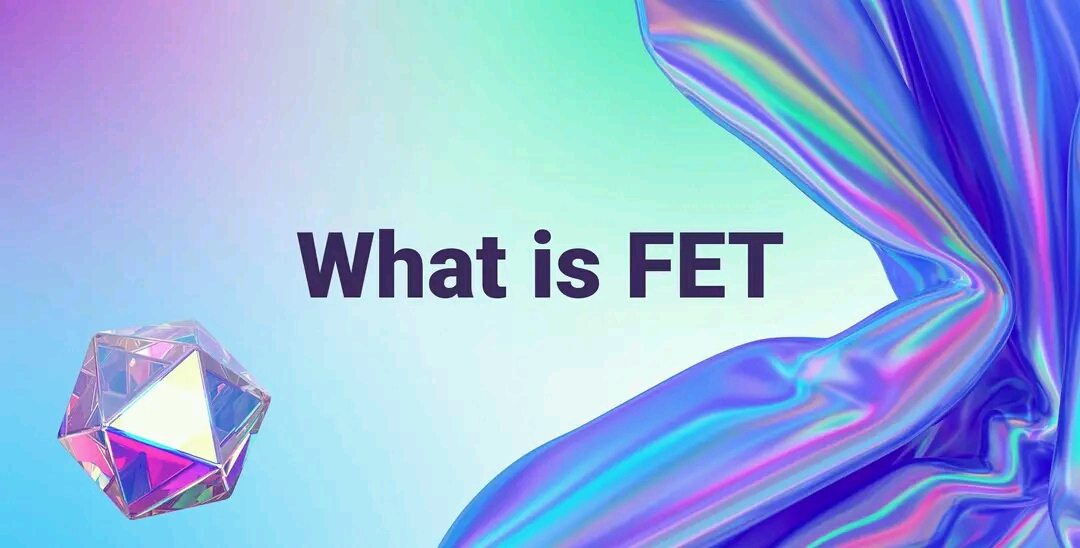What Is Fetch.ai (FET), How to Use It And How It Works?

What Is Fetch.ai (FET), How to Use It And How It Works?
In this article titled; What Is Fetch.ai (FET), How to Use It And How It Works?, I shall discuss:
What Is Fetch.ai (FET)?
Who Are The Founders of Fetch.ai?
What Makes Fetch.ai Unique?
How to Use Fetch.ai?
How Does Fetch.ai Works?
What Is Fetch.ai (FET)?
Fetch.ai is a platform that aims to connect Internet of Things (IoT) devices and algorithms to enable their collective learning. It was launched in 2017 by a team based in Cambridge, UK.
Fetch.ai is built on a high-throughput sharded ledger and offers smart contract capabilities to deploy machine learning and artificial intelligence solutions for decentralized problem-solving.

These open-source tools are designed to help users create ecosystem infrastructure and deploy commercial models.
Who Are the Founders of Fetch.ai?
Fetch.ai was founded by Toby Simpson, Humayun Sheikh and Thomas Hain.
Humayun Sheikh is the current CEO of Fetch.ai. He is also the CEO and founder of Mettalex and the founder of uVue and itzMe.
Toby Simpson is the COO of Fetch.ai. He was also the CTO at Ososim Limited, as well as head of software design at DeepMind.
Thomas Hain is the Chief Science Officer of Fetch.ai. Before that, he was a co-founder and director of Koemei.
What Makes Fetch.ai Unique?
Fetch.ai’s utility token FET was designed to find, create, deploy and train autonomous economic agents and is an essential part of smart contracts and oracles on the platform.
Through the usage of FET, users can build and deploy their own agents on the network. Developers, by paying with FET tokens, can access machine-learning-based utilities to train autonomous agents and deploy collective intelligence on the network.
Validation nodes are also enabled by staking FET tokens, which facilitates network validation and reputation as a result.
The Fetch.ai technology stack has four distinct elements, which are:
The Agent Framework — provides modular and reusable components that aid in building multi-agent systems.
The Open Economic Framework — provides search and discovery functions to agents.
The Agent Metropolis — a collection of smart contracts that run on a WebAssembly (WASM) virtual machine to maintain an immutable record of agreements between agents.
The Fetch.ai Blockchain — combines multi-party cryptography and game theory in order to provide secure, censorship-resistant consensus as well as rapid chain-syncing to support agent applications.
When it comes to the platform’s core components, there is the learner where each participant is the learner in the experiment, representing a unique private dataset and machine learning system.
There is also the global market, which is the result of a collective learning experiment, where the machine learning model is trained collectively by the learners themselves.
Next, there is the Fetch.ai Blockchain that supports smart contracts which permit coordination and governance in a secure and auditable way. Lastly, there is the decentralized data layer based on IPFS which enables the sharing of machine learning weights between all of the learners involved.
The Fetch.ai Mainnet Upgrade known as “Capricorn” brings some huge upgrades to the chain, such as how it enables Inter-Blockchain Communication (IBC) that allows the $FET token to become available across all IBC enabled chains that run relayers to it, this also helps the $FET token to become available on many DEXs across the Cosmos Ecosystem in the future, with the first one being Osmosis Lab. v1.0.0 CosmWasm VM smart contracts are also able to run on the network, allowing for permissionless inter-chain contracts to be developed by any developers using the Fetch.ai network.
During the upgrade there will also be a reconciliation of native $FET tokens to those who didn’t remove their tokens from the old Ethereum based staking contract before it was tombstoned.

How to Use Fetch.ai?
Fetch.ai is an AI-backed blockchain environment that helps users create a decentralized digital economy within a single ledger. Users can create agents that act on the behalf of individuals, organizations, devices, and services. All these agents are connected and can make transactions and communicate with one another.
FET and Fetch.ai are used to revolutionize and enhance a multitude of diverse industries and sectors by utilizing AI and the capacity of agents to improve and learn from past mistakes. Fetch.ai’s technology is relevant for a great number of industries, which include the popular sector of decentralized finance, supply chain, transport and mobility, electric vehicle infrastructure, train systems, and other industries.
How Does Fetch.AI Work?
Creating data-based value and making sure that it is pushed to the right addresses prompted the Fetch.AI team to develop a layered architecture for their platform. This has resulted in the creation of three layers, closely intertwined with the platform’s general goals:
The first layer consists of autonomous economic agents (AEAs). They exist in the environment in which the information related to trust and reputation are circulated to reduce the risk of conducting transactions to a minimum.
The second layer is the Open Economic Framework (OEF). It is underpinned by the underlying ledger which is a home to the platform’s FET digital currency and a decentralized transactions system.
The third layer is the Fetch smart ledger which handles reputation, trust and intelligence to ensure the integrity of the system. It is key to the Fetch’s value proposition since it handles market intelligence which the agents need to access in the most efficient manner. It encompasses the application of machine learning to discover which markets interact with others and in what manner.
SEE ALSO : WHAT ARE CRYPTOCURRENCY AIRDROP AND VESTING PERIOD?
Hope this post on What Is Fetch.ai (FET), How to Use It And How It Works helps?
Comments are closed.